Glucosinolates and their potential role in plant citation information
Home » Trending » Glucosinolates and their potential role in plant citation informationYour Glucosinolates and their potential role in plant citation images are ready. Glucosinolates and their potential role in plant citation are a topic that is being searched for and liked by netizens today. You can Find and Download the Glucosinolates and their potential role in plant citation files here. Find and Download all royalty-free photos and vectors.
If you’re searching for glucosinolates and their potential role in plant citation pictures information linked to the glucosinolates and their potential role in plant citation topic, you have come to the right blog. Our website frequently gives you suggestions for viewing the highest quality video and image content, please kindly search and locate more enlightening video content and images that fit your interests.
Glucosinolates And Their Potential Role In Plant Citation. The role of soil microorganisms in plant mineral nutrition—current knowledge and future directions. A multitude of responses are elicited during the adaptation of plants, which include activation of a defense system and a consequent enhanced production of secondary metabolites such as amino acids, sugars, indoles, phenolics, and glucosinolates. Understanding the molecular basis of mam evolution and generation of. We found a significant difference in these phytonutrients among cultivars.
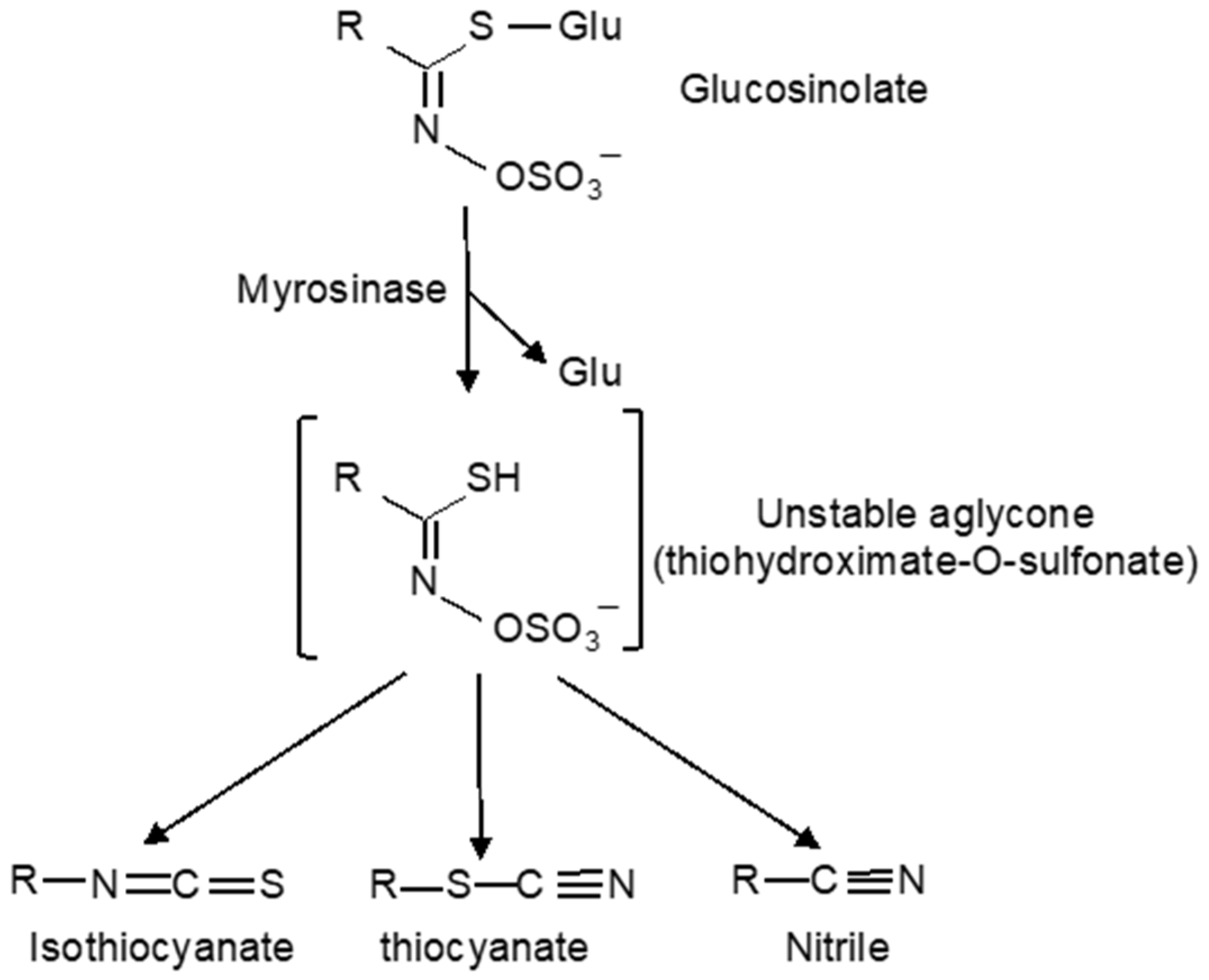 IJMS Free FullText The Cellular and Subcellular From mdpi.com
IJMS Free FullText The Cellular and Subcellular From mdpi.com
Glucosinolates and their degradation products play important roles in stress tolerance, plants respond to abiotic and abiotic stress by systematically accumulating higher levels primary and secondary metabolites for increasing their resistance. Investigating the preclinical and clinical evidence. Glucosinolates are hydrolyzed by the enzyme myrosinase on injury to plant to produce isothiocyanates and subsequently by pal to toxic compounds injurious to the pathogen. In this review, the role. Specific emphasis is laid on the role of glucosinolates and their hydrolysis products in the invasion potential. Plant growth and development are affected by a variety of biotic and abiotic stresses.
Investigating the preclinical and clinical evidence.
Investigating the preclinical and clinical evidence. Various factors are reviewed here that might explain why these species were so successful in colonising new areas. This is the first comprehensive reference compilation on the substance class of glucosinolates. However, the largest fraction is metabolized in the gut lumen. A multitude of responses are elicited during the adaptation of plants, which include activation of a defense system and a consequent enhanced production of secondary metabolites such as amino acids, sugars, indoles, phenolics, and glucosinolates. Glucosinolates are unique secondary metabolites present in the members of family brassicaceae.
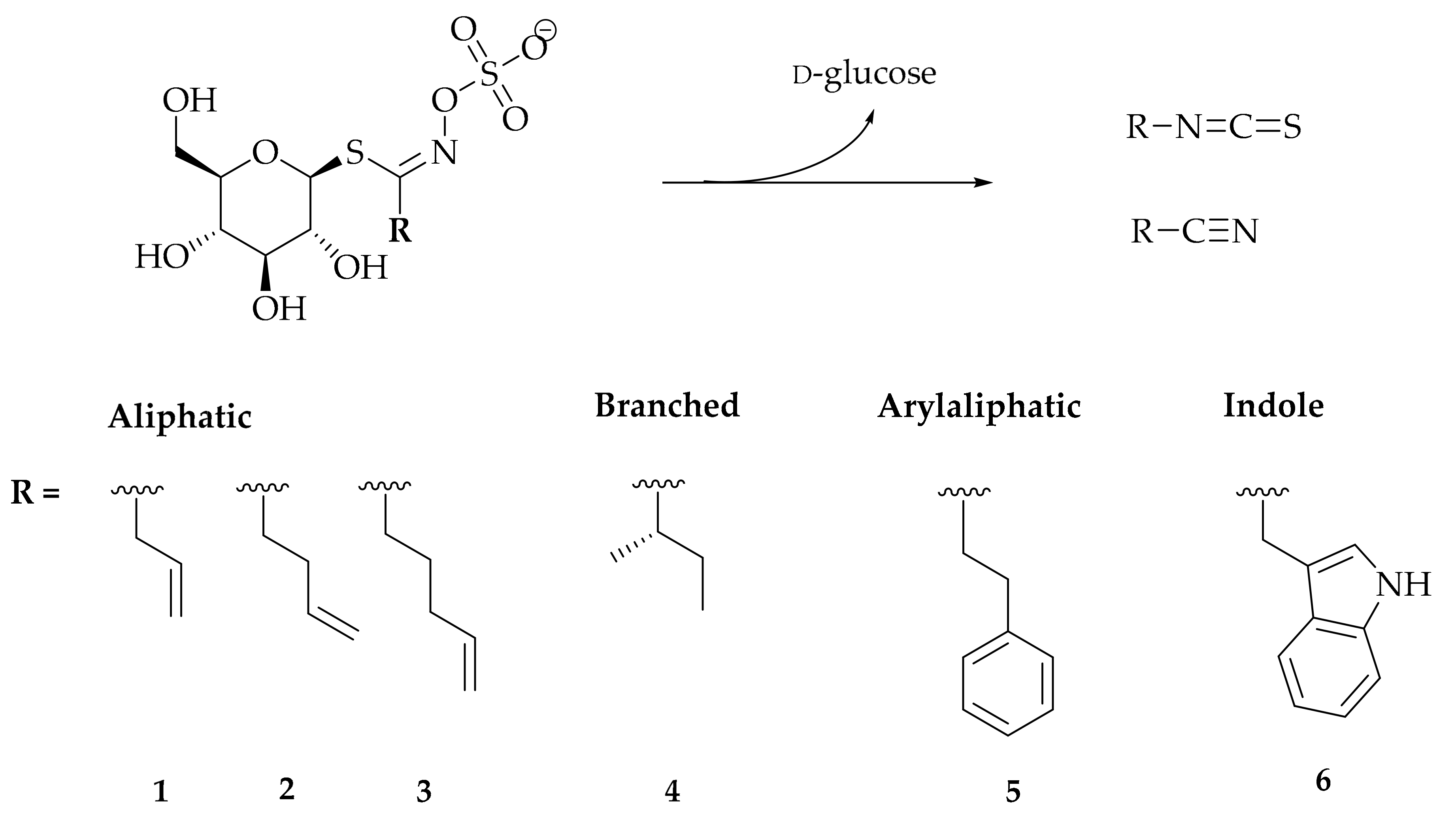 Source: mdpi.com
Source: mdpi.com
In this review, the role of glucosinolates in plant defense has been discussed with possible involvement of pal enzyme. [pmc free article] [google scholar] jacoby rp, chen l, schwier m, koprivova a, kopriva s. After ingestion, glucosinolates could be partially absorbed in their intact form through the gastrointestinal mucosa. Specific emphasis is laid on the role of glucosinolates and their hydrolysis products in the invasion potential. Among kale cultivars, “beira” and “olympic red” were the highest in the total glucosinolate and “toscano”
 Source: researchgate.net
Source: researchgate.net
Glucosinolates play important role and have a relation with biotic and abiotic stress in brassica. Various factors are reviewed here that might explain why these species were so successful in colonising new areas. This is the first comprehensive reference compilation on the substance class of glucosinolates. Among kale cultivars, “beira” and “olympic red” were the highest in the total glucosinolate and “toscano” 298 period biol, vol 110, no 4, 2008.
 Source: nph.onlinelibrary.wiley.com
Source: nph.onlinelibrary.wiley.com
However, the largest fraction is metabolized in the gut lumen. However, the most accepted theory is. Frontiers in plant science 8, 1617. Glucosinolates play important role and have a relation with biotic and abiotic stress in brassica. Glucosinolates are hydrolyzed by the enzyme myrosinase on injury to plant to produce isothiocyanates and subsequently by pal to toxic compounds injurious to the pathogen.
 Source: researchgate.net
Source: researchgate.net
- (bones and rossiter 1996,. In this review, the role. Connolly el, sim m, travica n, marx w, beasy g, lynch gs, bondonno cp, lewis jr, hodgson jm and blekkenhorst lc (2021) glucosinolates from cruciferous vegetables and their potential role in chronic disease: However, the largest fraction is metabolized in the gut lumen. Has brought forward different theories regarding their potential roles in the plant.
 Source: researchgate.net
Source: researchgate.net
Glucosinolates are hydrolyzed by the enzyme myrosinase on injury to plant to produce isothiocyanates and subsequently by pal to toxic compounds injurious to the pathogen. However, the most accepted theory is. Has brought forward different theories regarding their potential roles in the plant. Factors has brought forward different theories regarding their potential roles in the plant. Plant growth and development are affected by a variety of biotic and abiotic stresses.
 Source: researchgate.net
Source: researchgate.net
This is the first comprehensive reference compilation on the substance class of glucosinolates. After ingestion, glucosinolates could be partially absorbed in their intact form through the gastrointestinal mucosa. We found a significant difference in these phytonutrients among cultivars. Frontiers in plant science 8, 1617. When cruciferous are consumed without processing,.
 Source: researchgate.net
Source: researchgate.net
Glucosinolates are unique secondary metabolites present in the members of family brassicaceae. Among kale cultivars, “beira” and “olympic red” were the highest in the total glucosinolate and “toscano” Specific emphasis is laid on the role of glucosinolates and their hydrolysis products in the invasion potential. 2) (bones and rossiter 1996,. When cruciferous are consumed without processing,.
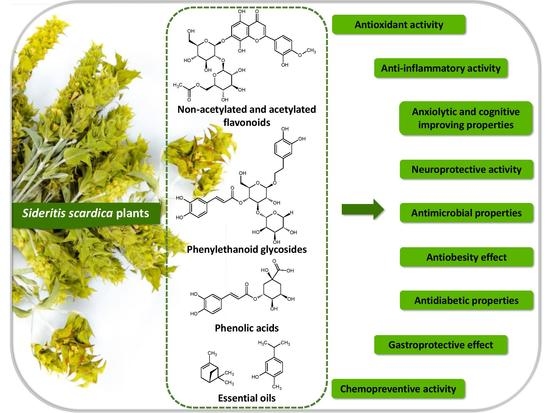 Source: mdpi.com
Source: mdpi.com
[pmc free article] [google scholar] jacoby rp, chen l, schwier m, koprivova a, kopriva s. Among kale cultivars, “beira” and “olympic red” were the highest in the total glucosinolate and “toscano” Glucosinolates are a large group of plant secondary metabolites with nutritional effects, and are mainly found in cruciferous plants. Glucosinolates and their degradation products play important roles in stress tolerance, plants respond to abiotic and abiotic stress by systematically accumulating higher levels primary and secondary metabolites for increasing their resistance. R denotes the variable side chain from.
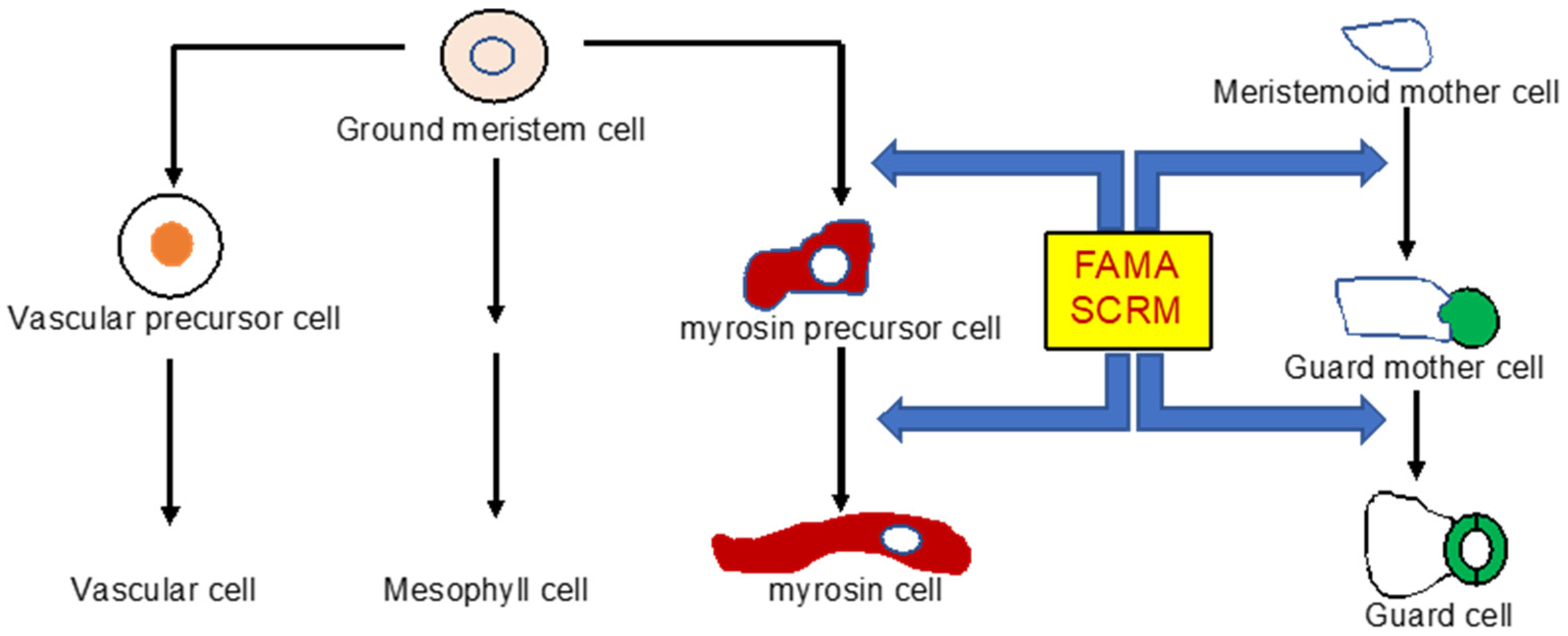 Source: mdpi.com
Source: mdpi.com
Cruciferous vegetables belong to the family brassicaceae (also known as cruciferae) within the order brassicales.within this order, almost all plants contain secondary plant metabolites known as glucosinolates, with commonly consumed plants belonging to the brassicaceae, capparaceae, and caricaceae families. Glucosinolates are hydrolyzed by the enzyme myrosinase on injury to plant to produce isothiocyanates and subsequently by pal to toxic compounds injurious to the pathogen. Recent advances in the role of plant metabolites in shaping the root microbiome. Glucosinolates and their degradation products play important roles in stress tolerance, plants respond to abiotic and abiotic stress by systematically accumulating higher levels primary and secondary metabolites for increasing their resistance. Specific emphasis is laid on the role of glucosinolates and their hydrolysis products in the invasion potential.
 Source: researchgate.net
Source: researchgate.net
Frontiers in plant science 8, 1617. The major role of glucosinolates in plants is believed to be responses to external or environmental. Various factors are reviewed here that might explain why these species were so successful in colonising new areas. Frontiers in plant science 8, 1617. Glucosinolates are unique secondary metabolites present in the members of family brassicaceae.
 Source: mdpi.com
Source: mdpi.com
We found a significant difference in these phytonutrients among cultivars. Connolly el, sim m, travica n, marx w, beasy g, lynch gs, bondonno cp, lewis jr, hodgson jm and blekkenhorst lc (2021) glucosinolates from cruciferous vegetables and their potential role in chronic disease: Recent advances in the role of plant metabolites in shaping the root microbiome. Various factors are reviewed here that might explain why these species were so successful in colonising new areas. Among kale cultivars, “beira” and “olympic red” were the highest in the total glucosinolate and “toscano”
 Source: researchgate.net
Source: researchgate.net
Glucosinolates play important role and have a relation with biotic and abiotic stress in brassica. Investigating the preclinical and clinical evidence. Various factors are reviewed here that might explain why these species were so successful in colonising new areas. This is the first comprehensive reference compilation on the substance class of glucosinolates. In this review, the role of glucosinolates in plant defense has been discussed with possible involvement of pal enzyme.
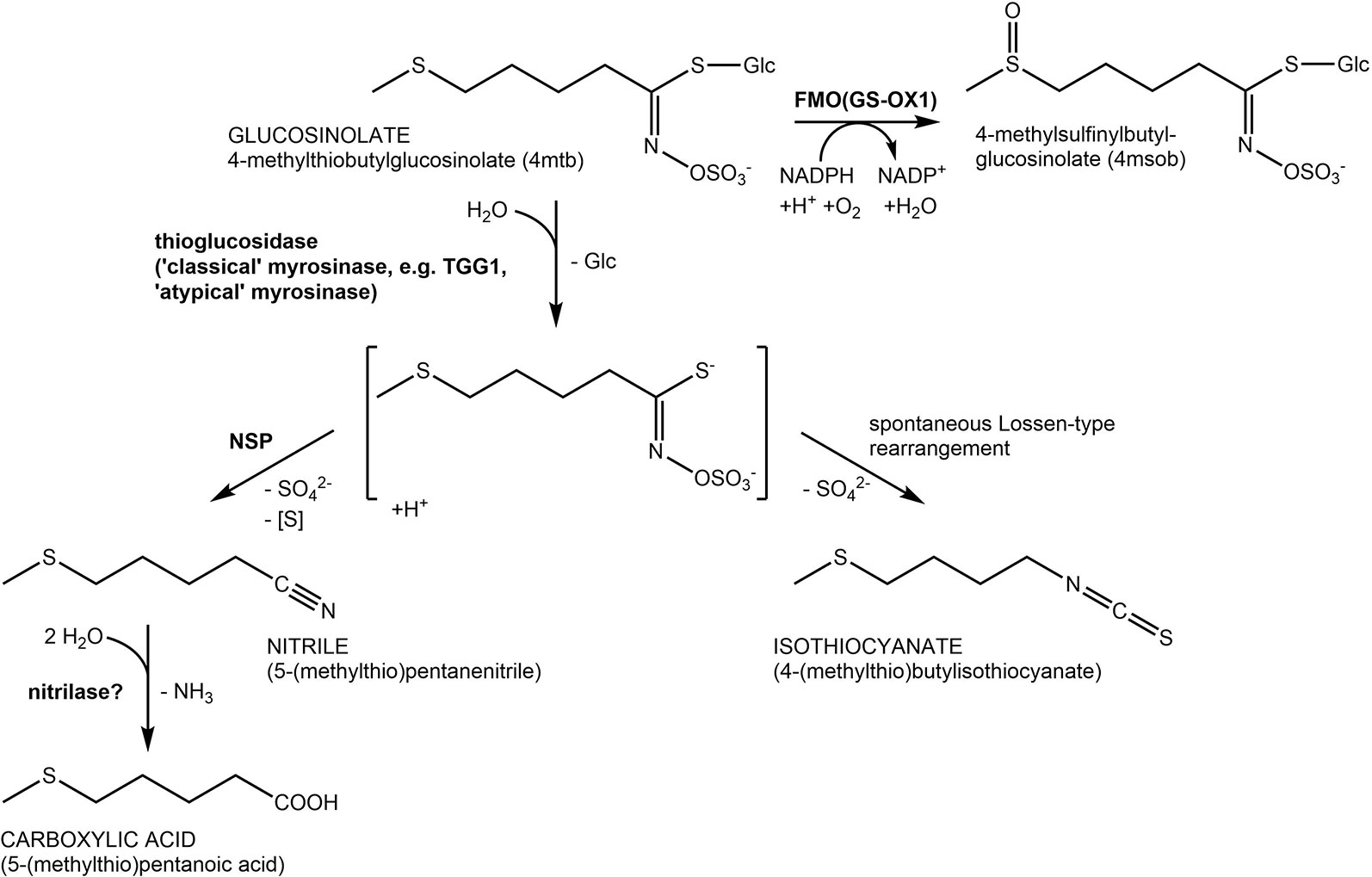 Source: frontiersin.org
Source: frontiersin.org
Specific emphasis is laid on the role of glucosinolates and their hydrolysis products in the invasion potential. In this review, the role. The role of soil microorganisms in plant mineral nutrition—current knowledge and future directions. Understanding the molecular basis of mam evolution and generation of. When cruciferous are consumed without processing,.
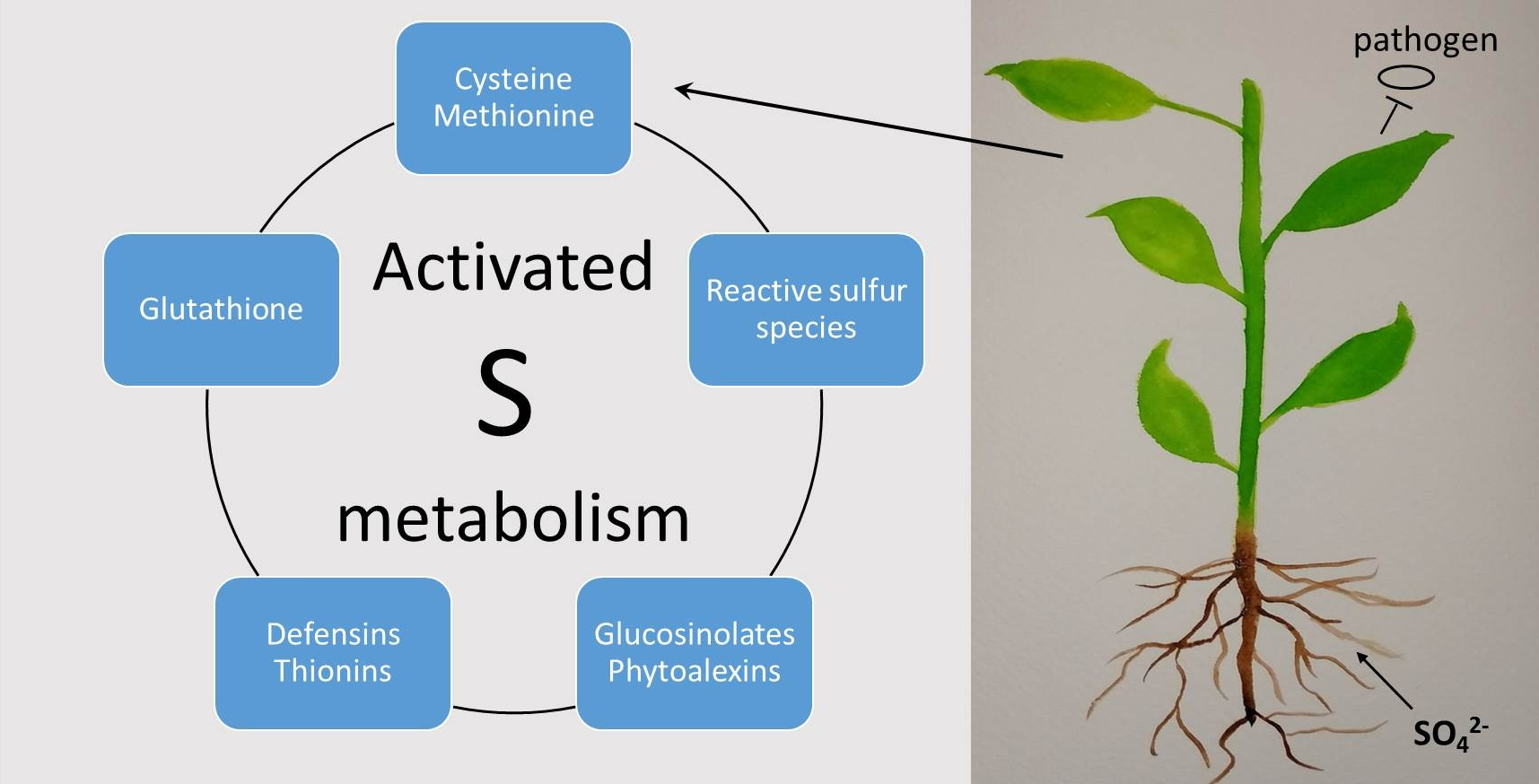 Source: mdpi.com
Source: mdpi.com
Frontiers in plant science 8, 1617. R denotes the variable side chain from. In this review, the role of glucosinolates in plant defense has been discussed with possible involvement of pal enzyme. The major role of glucosinolates in plants is believed to be responses to external or environmental. Glucosinolates are a large group of plant secondary metabolites with nutritional effects, and are mainly found in cruciferous plants.
 Source: semanticscholar.org
Source: semanticscholar.org
We found a significant difference in these phytonutrients among cultivars. Investigating the preclinical and clinical evidence. After ingestion, glucosinolates could be partially absorbed in their intact form through the gastrointestinal mucosa. Has brought forward different theories regarding their potential roles in the plant. Specific emphasis is laid on the role of glucosinolates and their hydrolysis products in the invasion potential.
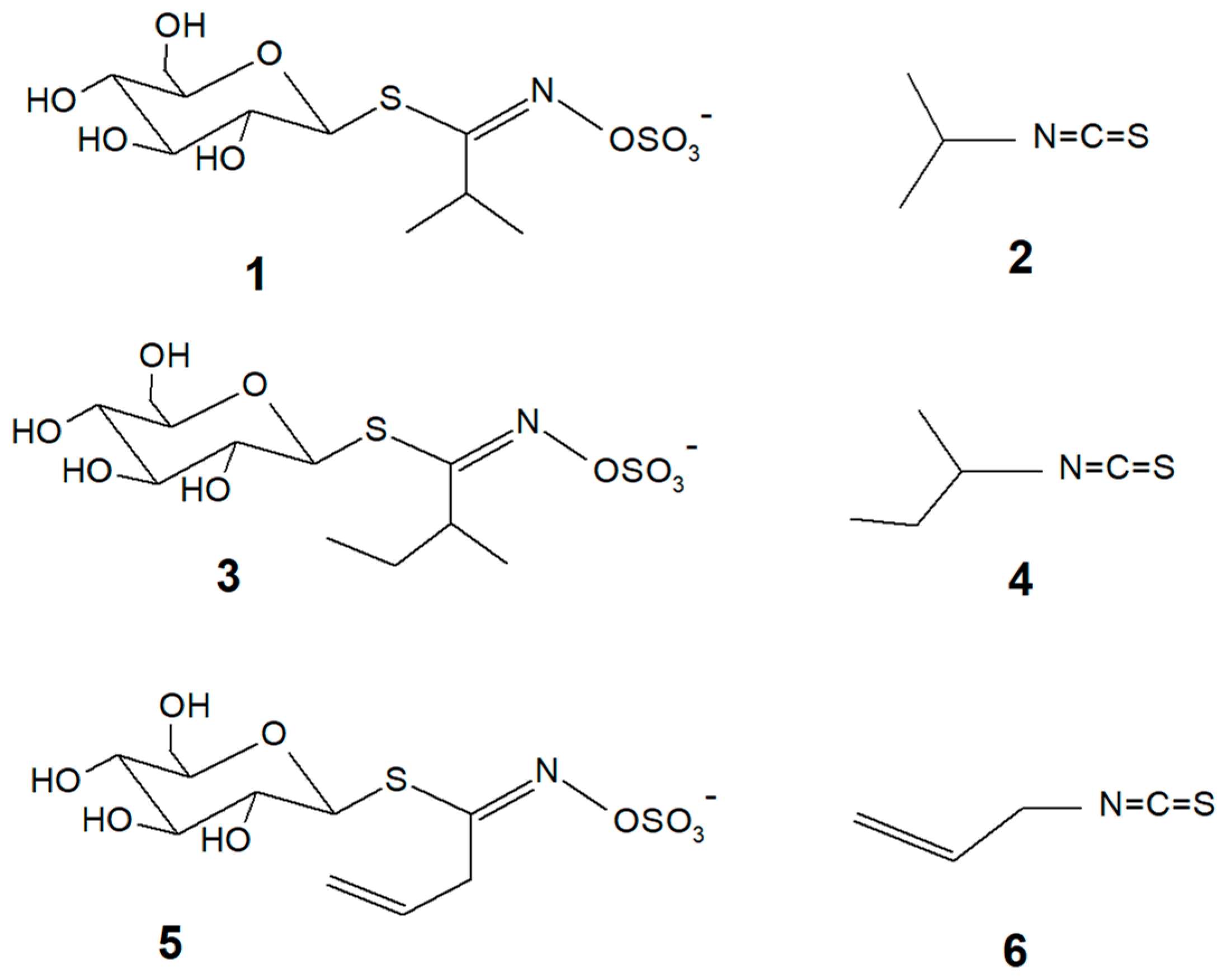 Source: mdpi.com
Source: mdpi.com
Connolly el, sim m, travica n, marx w, beasy g, lynch gs, bondonno cp, lewis jr, hodgson jm and blekkenhorst lc (2021) glucosinolates from cruciferous vegetables and their potential role in chronic disease: Various factors are reviewed here that might explain why these species were so successful in colonising new areas. Glucosinolates are hydrolyzed by the enzyme myrosinase on injury to plant to produce isothiocyanates and subsequently by pal to toxic compounds injurious to the pathogen. However, the largest fraction is metabolized in the gut lumen. Glucosinolates and their degradation products play important roles in stress tolerance, plants respond to abiotic and abiotic stress by systematically accumulating higher levels primary and secondary metabolites for increasing their resistance.
 Source: researchgate.net
Source: researchgate.net
However, the largest fraction is metabolized in the gut lumen. Glucosinolates are hydrolyzed by the enzyme myrosinase on injury to plant to produce isothiocyanates and subsequently by pal to toxic compounds injurious to the pathogen. When cruciferous are consumed without processing,. Glucosinolates and their degradation products play important roles in stress tolerance, plants respond to abiotic and abiotic stress by systematically accumulating higher levels primary and secondary metabolites for increasing their resistance. 298 period biol, vol 110, no 4, 2008.
 Source: researchgate.net
Source: researchgate.net
Specific emphasis is laid on the role of glucosinolates and their hydrolysis products in the invasion potential. Understanding the molecular basis of mam evolution and generation of. Frontiers in plant science 8, 1617. Glucosinolates and their degradation products play important roles in stress tolerance, plants respond to abiotic and abiotic stress by systematically accumulating higher levels primary and secondary metabolites for increasing their resistance. Glucosinolates are hydrolyzed by the enzyme myrosinase on injury to plant to produce isothiocyanates and subsequently by pal to toxic compounds injurious to the pathogen.
This site is an open community for users to share their favorite wallpapers on the internet, all images or pictures in this website are for personal wallpaper use only, it is stricly prohibited to use this wallpaper for commercial purposes, if you are the author and find this image is shared without your permission, please kindly raise a DMCA report to Us.
If you find this site convienient, please support us by sharing this posts to your own social media accounts like Facebook, Instagram and so on or you can also bookmark this blog page with the title glucosinolates and their potential role in plant citation by using Ctrl + D for devices a laptop with a Windows operating system or Command + D for laptops with an Apple operating system. If you use a smartphone, you can also use the drawer menu of the browser you are using. Whether it’s a Windows, Mac, iOS or Android operating system, you will still be able to bookmark this website.
Category
Related By Category
- Easybib chicago citation information
- Doi to apa citation machine information
- Citation x poh information
- Cpl kyle carpenter medal of honor citation information
- Goethe citation dieu information
- Exact citation apa information
- Citation une impatience information
- Fitzgerald way out there blue citation information
- Contre le racisme citation information
- Friedrich nietzsche citaat grot information